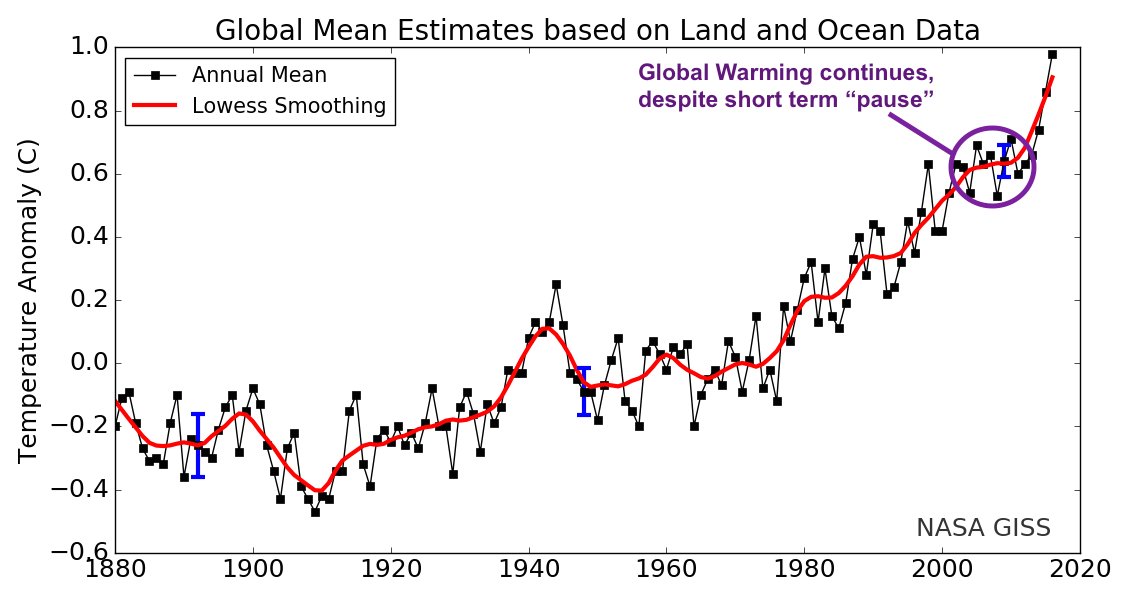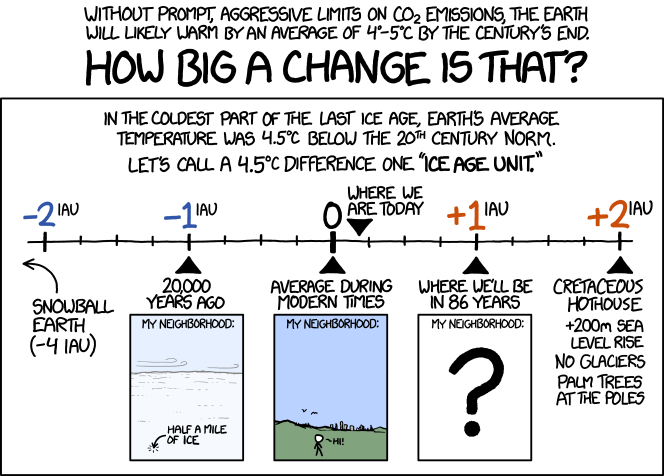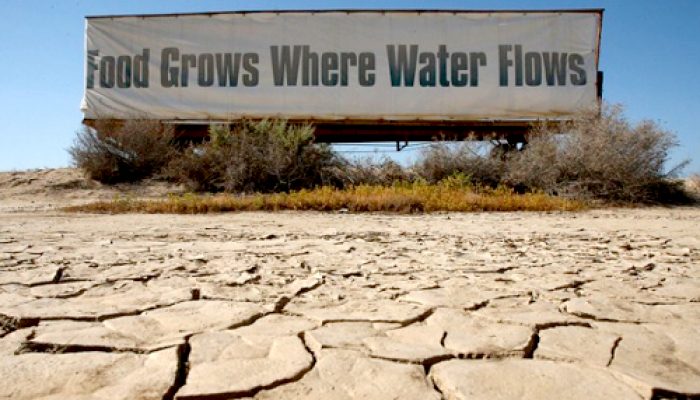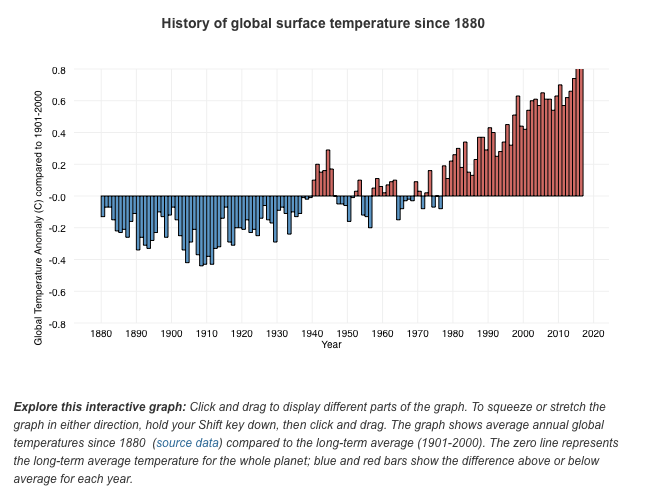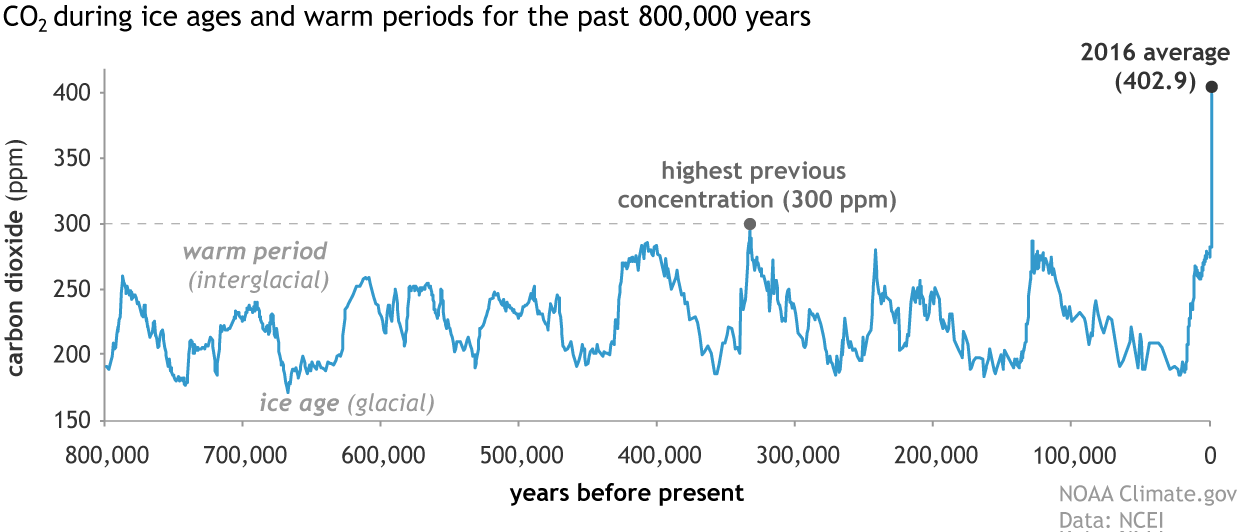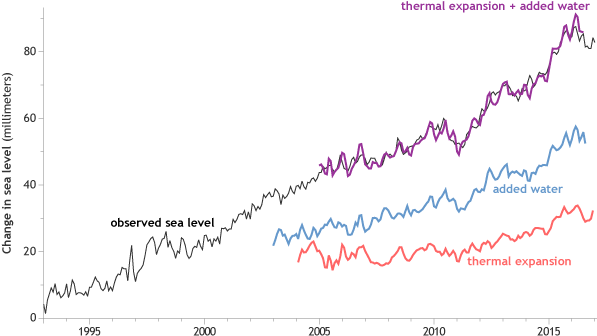PsB
Citizen of Nowhere™
Great chart on GHG, Joe. Where does all the agricultural NOx release come from? Is it from fertilizers? Do you know if the chart is in CO2 equivalent tonnes?
TBH I get a bit discouraged looking at the chart. To take an example, if we were to eliminate HFCs completely in all industrial, retail and domestic applications the impact would be less than 1%, and reduced by any increased energy consumption due to using alternative products. Eliminating all air travel: 1.6% if you eliminate all those journeys, less if people still travel by rail or car.
TBH I get a bit discouraged looking at the chart. To take an example, if we were to eliminate HFCs completely in all industrial, retail and domestic applications the impact would be less than 1%, and reduced by any increased energy consumption due to using alternative products. Eliminating all air travel: 1.6% if you eliminate all those journeys, less if people still travel by rail or car.


